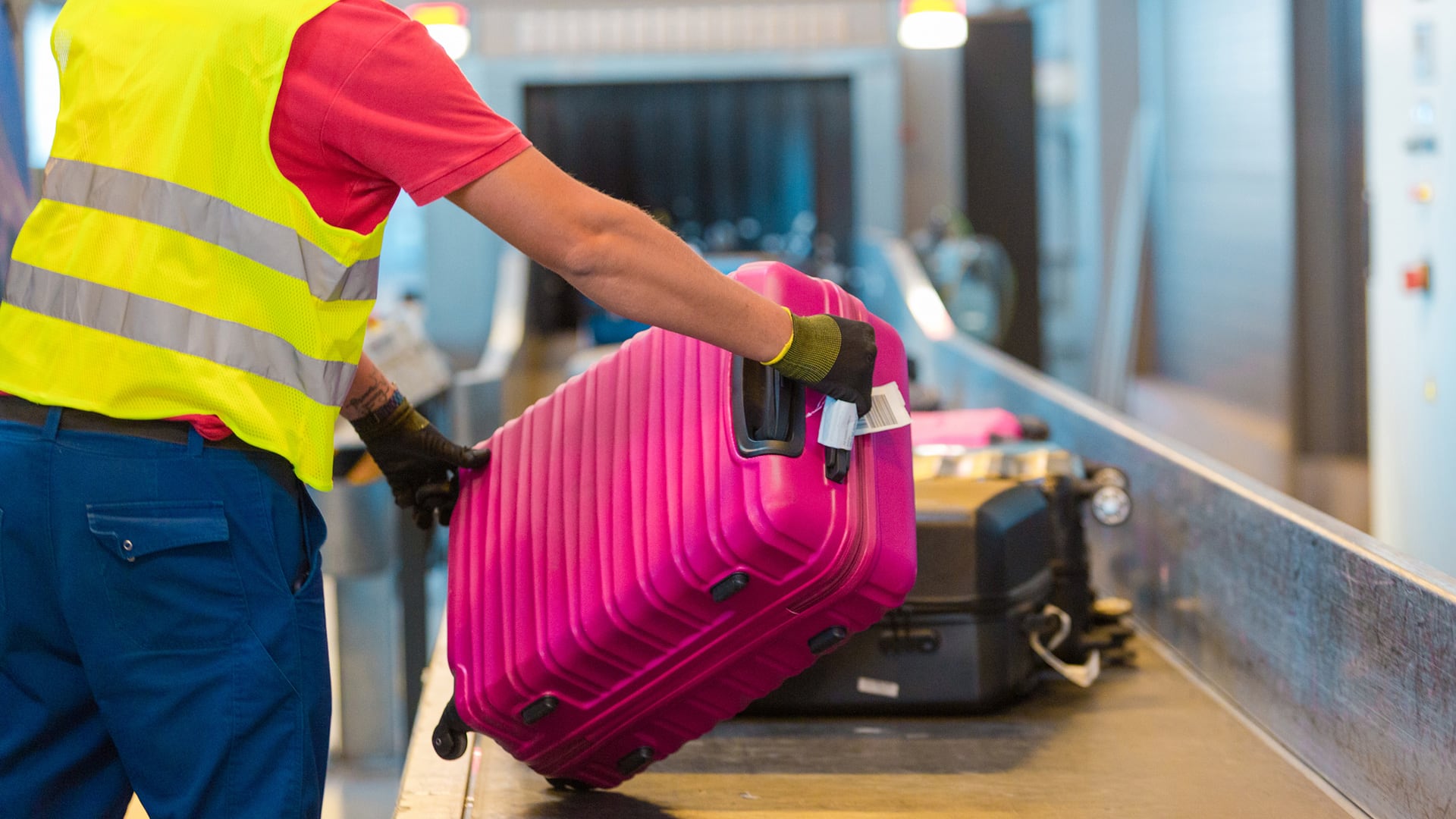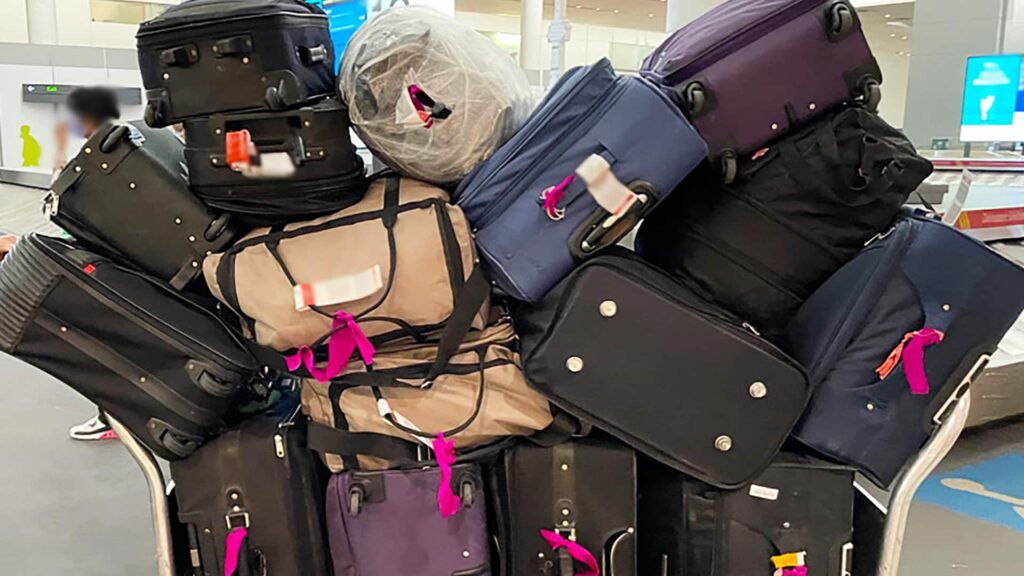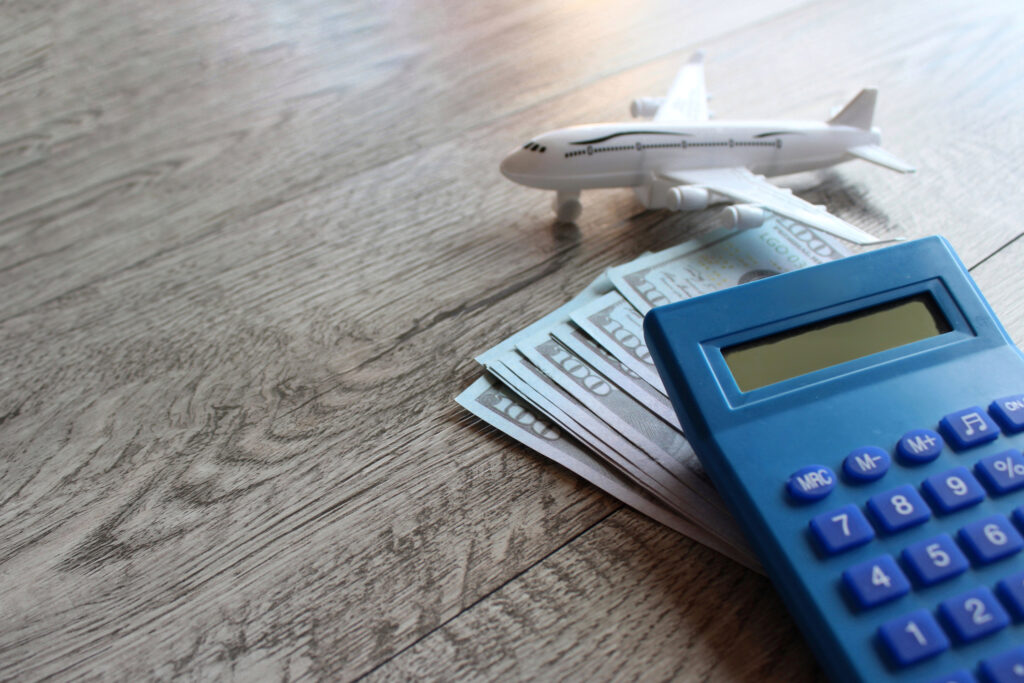Advertiser Disclosure: At Slickdeals, we work hard to find the best deals. Some products in our articles are from partners who may provide us with compensation, but this doesn’t change our opinions. Our editors strive to ensure that the information in this article is accurate as of the date published, but please keep in mind that offers can change. We encourage you to verify all terms and conditions of any product before you apply.
Reading Time: 8 minutesIn 2021, nearly two million travel bags went missing, got lost, or were otherwise mishandled by major airlines, according to the Air Travel Consumer Report.
While it’s just a small percentage of the more than 40 million bags handled by airlines, it can still be a travel nightmare when it happens to you. You should know that there are laws that protect passengers who have experienced missing or delayed baggage by airlines, and we’ll guide you through the best ways to resolve the issue.
Can I get compensation from airlines for a missing, damaged or delayed bag?
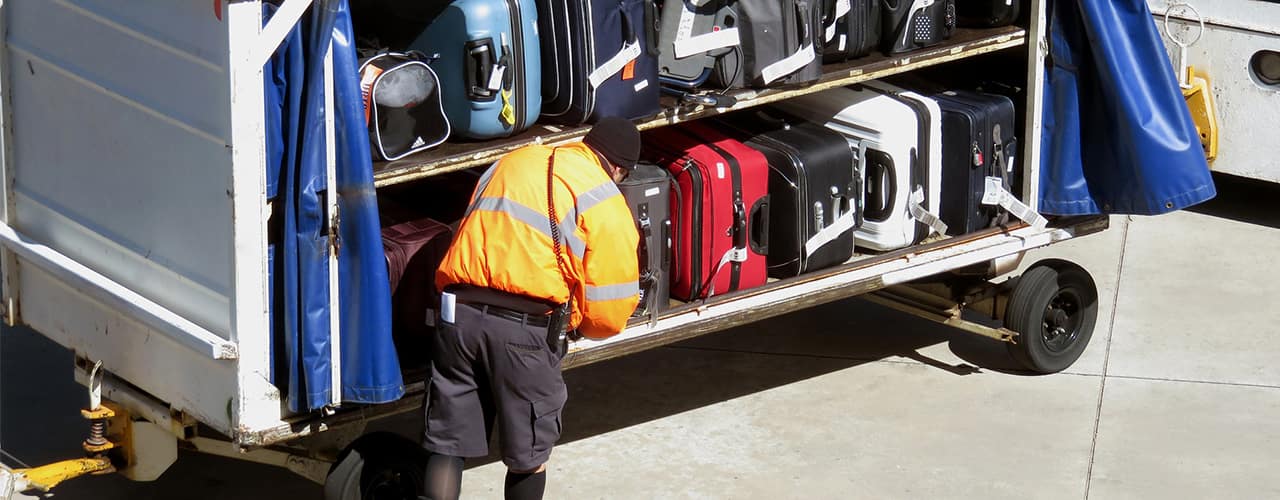
Credit: Pixabay
The law does provide some protections for passengers who experienced mishandling of luggage by airlines, but up to a certain limit. According to the DOT, the maximum amount an airline is responsible for is up to $3,800 in baggage liability for domestic flights. This includes baggage that is lost, delayed or damaged by airlines. Airlines can pay more than the limit, but they are only legally liable up until that limit.
TikTok user @johnsfinancetips offers insights on how to approach the situation:
@johnsfinancetips How to get paid up to $3,800 for baggage delay IB@Money Lawyer Erika #financetok #learnontiktok #tiktokpartner ♬ Violin – Grooving Gecko
What items are excluded from baggage liability?
You’ll need to review the “Contract of Carriage” for each airline for each airline’s rules. The contract, which you consent to when you purchase an airline ticket, lists certain items that are covered and excluded under the $3,800 maximum liability.
Here’s what’s usually not covered by airlines under baggage liability:
- Artwork
- Antiques
- Electronics such as computers
- Heirlooms
- Perishable items
- Unique items that are irreplaceable
- Precious metals
- Liquids
- Fragile items
- Cash
Note: Airlines can exclude reasonable wear and tear of luggage, but they cannot exclude libablity for damage caused to wheels, straps, handled and other parts of the baggage.
The rules will vary by airline, so be sure to check the fine print when pursuing a claim. This is where those pictures and videos we took earlier come in. You can show what was in your bag and the value of the items in there.
When does an airline consider a bag lost?
Most items are found within 48 hours, but there are times they simply cannot be located. An airline’s Contract of Carriage will spell out when each bag is officially considered “lost.” On average, most airlines will declare a bag lost between five to fourteen days after your flight. Each airline has its own rules, so double check with the airline for more details.
How long do I wait before contacting an airline about lost luggage?
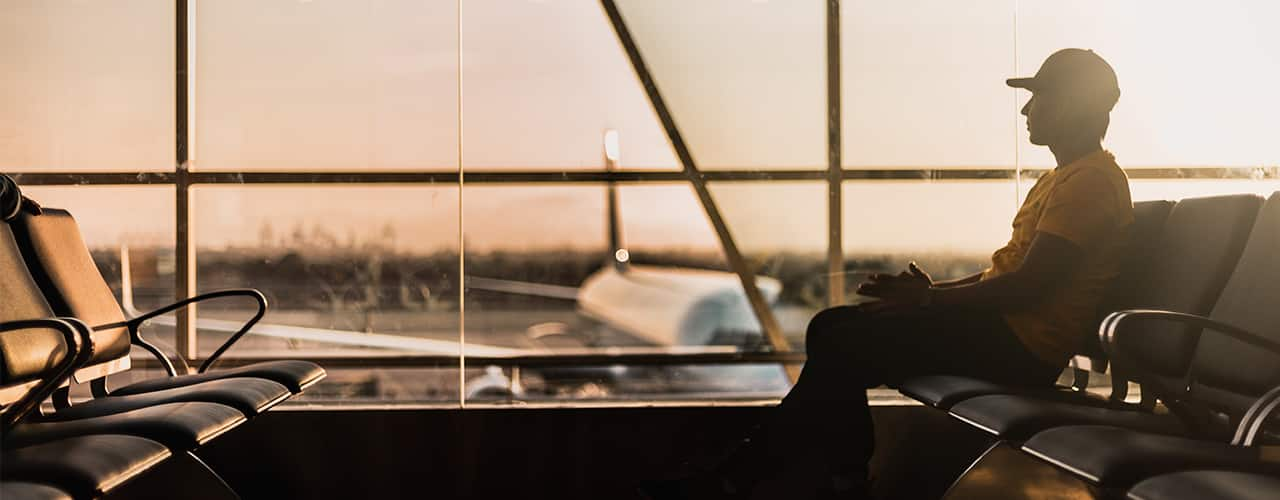
Credit: Unsplash
The clock starts ticking when the plane lands. Don’t delay in reporting a missing bag. It’s recommended that you contact the airline as soon as possible, at least within 24 hours, if your bag is nowhere to be found. The longer you wait, the more challenging it can be to locate your luggage.
Some airlines will require you to fill out a form in person at the airport. Others will allow you to do it by phone or online. It’s good practice to go right to the counter as soon as you notice a bag missing.
As far as official rules, the DOT is a little vague with the requirements for airlines, only saying airlines cannot let luggage be missing and not declared lost for “an unreasonable amount of time.”
What To Do When the Airline Loses Your Luggage
First of all, don’t panic. Here are some options on what you can do when you notice your baggage is missing at the airport.
1. Double check that it’s really lost.
Luggage can come off those carousels slowly and there might be big gaps in between luggage dispensing. Once you’ve seen the marker that indicates all luggage from your flight is dispensed, then you know your bag is lost. Wait about 10 minutes to see if anyone comes back with the wrong bag.
2. Make sure you know who lost it.
If your baggage was lost or damaged during the Transportation Security Administration (TSA) screening process, then the onus is on the TSA to handle it, not your airline. You have to file a claim through TSA and that could take up to six months to process. There are 22 airports that do their own security screenings through a private company, so you’ll need to contact the airport directly.
If your baggage was lost while on a flight, the airline of your last flight is ultimately responsible for the luggage, so talk to the customer service associates for that airline.
3. Check lost and found.
Most airports have a Lost & Found area where wayward bags end up. Sometimes your bag wasn’t transported on your plane so it might have arrived earlier than you.
4. File a missing baggage claim with your airline.
Head to the customer service counter of the airline responsible and follow the process provided. Don’t let them tell you there’s a daily limit on reimbursable expenses, as that’s against the DOT laws. For example, airlines are prohibited from telling you that they can reimburse you $50 a day for each day your bag is missing or delayed. You are entitled to up to the maximum liability of $3,800.
It’s a good habit to take pictures and videos of your belongings, as it comes in handy for situations like this. Get your information together with photos, flight information (save the ticket stubs), so you have all of your information ready for the airline’s customer service associate.
How To Report a Missing Bag to Airlines
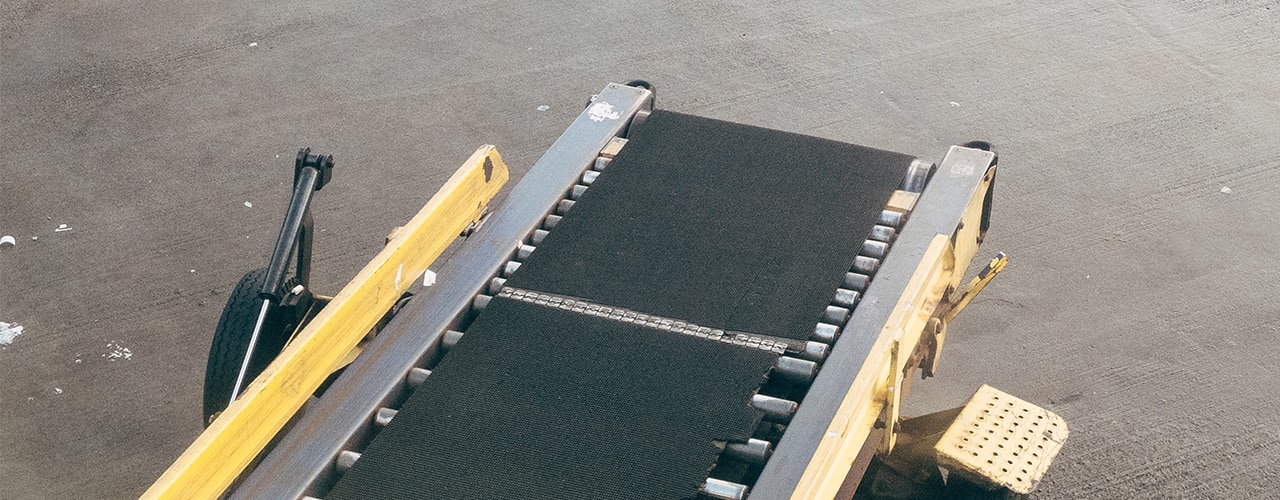
Credit: Unsplash
The requirements and procedures to report missing luggage may vary by the airline, but here are the general guidelines:
1. Head to the baggage service desk for your airline.
For direct flights, you only have one airline to deal with. If you were on a connecting flight, talk to the airline of your last flight, as that airline carries the ultimate responsibility for delivering your luggage to you.
2. Let the agent know your bag is missing.
Tell the airline agent that your luggage is missing. The agent may ask for some identifying information, such as your bag tag so they can check on your bag’s status.
3. File your missing baggage claim.
If the agent is unable to locate your bag, you have the option of filing a missing baggage claim. In your claim, include all the necessary information about your bag and itinerary. Include a description of your bag (size, color, design, material, etc.) and your contact information.
4. Check what is covered, and what is not.
You’ll want to verify what items will be reimbursed and what will not. Every airline has their own rules, so check the terms and conditions. In addition to missing items, you can even ask for a refund on the checked baggage fee. Legally, airlines are required to reimburse up to $3,800 in reasonable compensation for missing, damaged or delayed bags.
Ask the agent at the counter for more information and guidance on baggage reimbursement.
Tips To Improve Your Chances of Lost Baggage Compensation
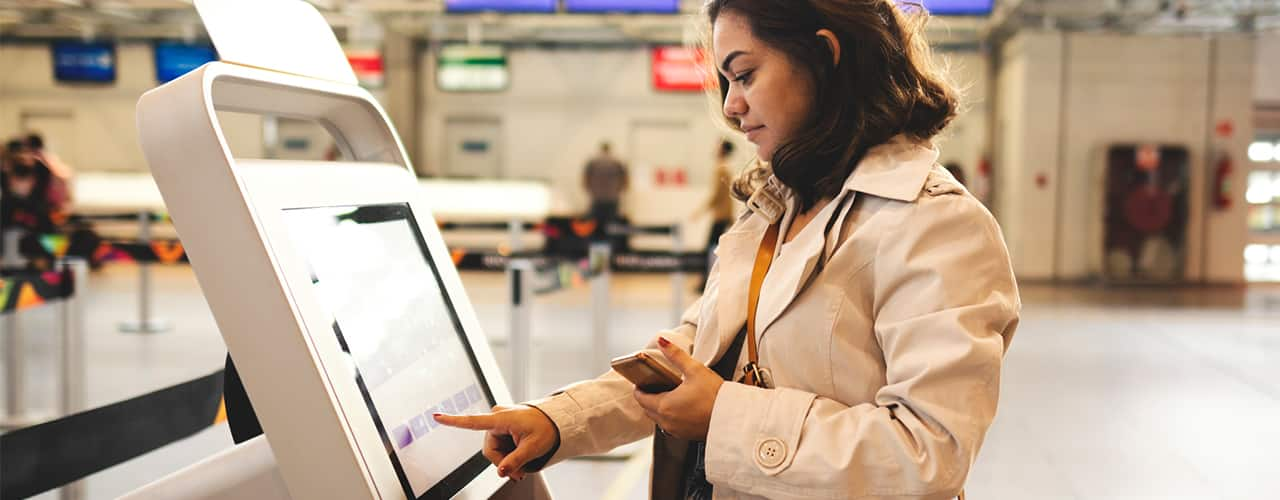
Credit: iStock
There are some specific rules that you need to follow in order to avoid any problems getting compensated:
- Check-In On Time: If you rush to the airport 15 minutes before your flight, you might risk the right to getting reimbursed for lost baggage. Arrive early to protect your rights. Some airlines require baggage to be dropped off at least 45 minutes before the flight.
- Check the Waiting Time for Filing a Claim: Carriers require anywhere from four to 24 hours as the waiting window before you can declare luggage lost or missing.
- Declare Excess Value: If you believe your checked bag carries more than $3,800 of valuables, you must declare the “Excess Value” at check-in.
- Keep Receipts: To get reimbursed for incidentals, like having to buy new clothes and toiletries, get an itemized receipt so you can prove the expense to the airline.
- Be Polite: You’re probably pretty upset if your bag is missing, but that person you’re about to lay into at the customer counter isn’t to blame. Approach them with kindness and you’re more likely to have a better experience and outcome from being polite than rude. The DOT does not allow airlines to give a specific limit of funds per day, and the nicer you approach the situation, the better service you might get. Kill them with kindness, as the saying goes.
What if the airline does not help me find my bag?
The airlines are legally required to help you find the bag and should have plenty of steps in place to do so. But if you are yelling or causing a scene, you might be escorted out by airport security.
If you feel you’ve been treated unfairly by an airline employee(s), or if you feel you’ve waited an unreasonable amount of time (21+ days), you can easily file a complaint with the DOT online.
The DOT releases MONTHLY reports on airline on-time arrival and mishandled baggage claims. You can see which airlines have the hardest time keeping track of luggage in any given month.
Other Options to Avoid Lost Baggage
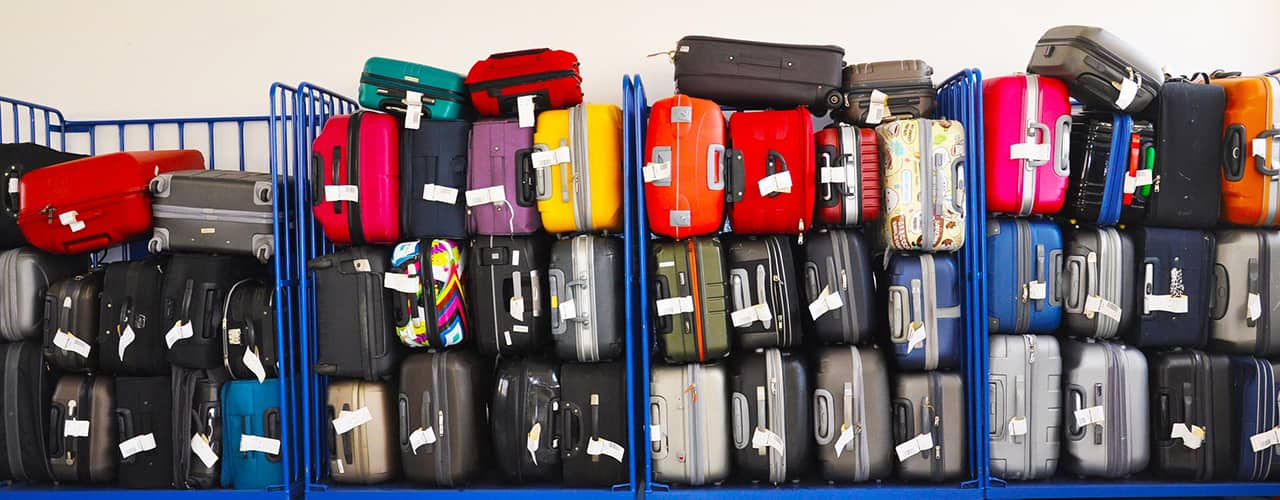
Credit: Pixabay
There are a few options to give your luggage the best chance of making it to the destination with you.
- Book a direct flight whenever possible
- Book on the same airline for connecting flights
- Mail the luggage to your destination ahead of time via UPS, USPS, or FedEx
- Make sure you follow the TSA rules for what you can and can’t pack and what to do if you have a lock on your baggage.
What if I left something on the plane?
You’ll follow the same procedure as if a checked bag is lost. Report it as soon as possible to the airline. Don’t run back to the gate, just go to the counter near the baggage area.
How To Prepare for Lost or Damaged Baggage Risks
Before leaving for the airport, take a few moments to prepare your luggage properly in the event it is lost or damaged. A few things you can do ahead of time include:
- Take pictures of your baggage after packing: Take a picture or video of your bag. Add a date & time stamp. This will help prove your bag wasn’t damaged when you last saw it.
- Mark your bag: Use a very distinguishable luggage tag, something that will stand out in the assembly line of baggage. Use a luggage strap to make your plain bag have a stand-out color while also keeping that zipper more secured.
- Pack strategically: Ask yourself “What are the essentials I need, even if my bag gets stolen.” Don’t put any of those things on a bag being checked. Even the U.S. Department of Transportation (DOT) gives a list of items you should keep in your carryon bag, such as fragile items, priceless items, and critical items like passports, keys, and medicine.
Now that you know what to do when your baggage goes missing, how to file a missing bag claim, and what your rights are as a passenger, you’ll be able to travel with a little more peace of mind.

